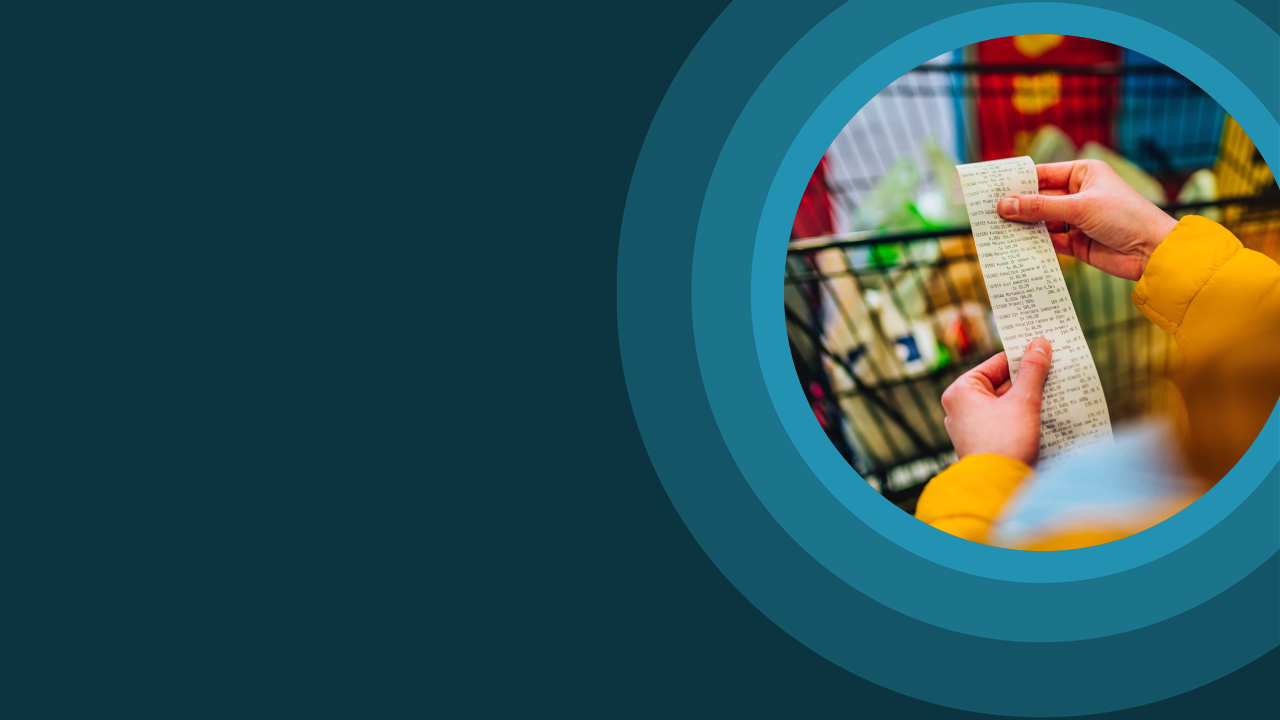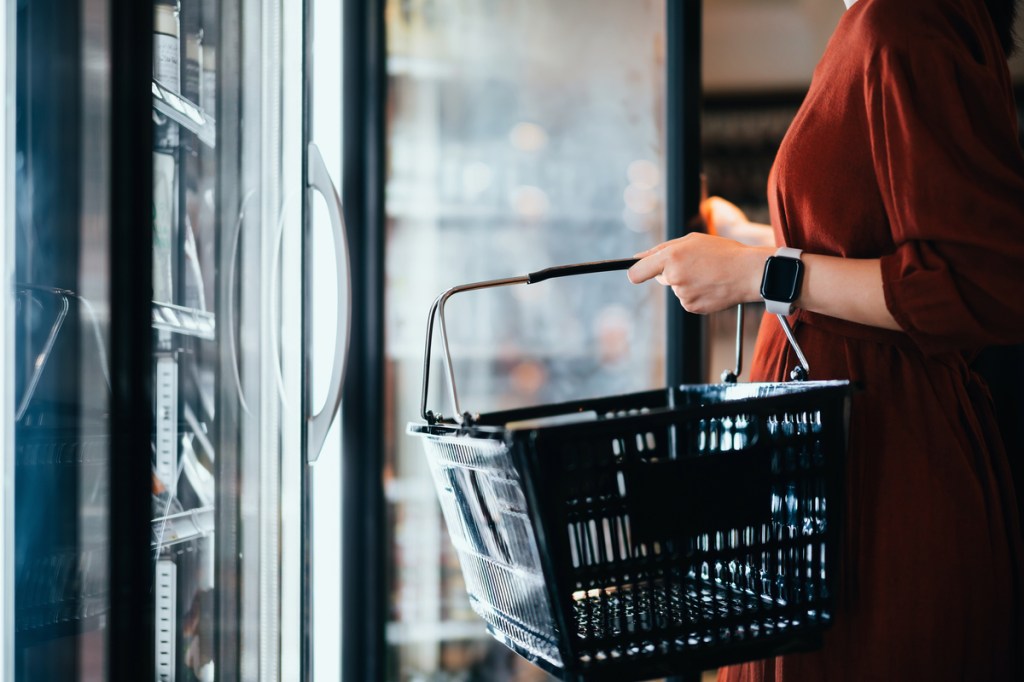The e-Commerce Landscape in 2024 and Beyond
While the past few years have witnessed explosive growth in online shopping, fueled by pandemic-driven stay-at-home restrictions and the increasing adoption of smartphones and mobile wallets, 2024 presents a unique set of challenges and opportunities. Higher inflation, evolving consumer preferences, and the ever-growing presence of omnichannel retail are all shaping the future of e-Commerce. This requires a deeper understanding of these trends and a strategic approach to navigate the dynamic landscape, ensuring brands can not only survive but thrive in this ever-evolving digital marketplace.
With that in mind, here are 5 key e-Commerce trends to be aware of:
1. Omnichannel Shopping Continues
The continued growth of e-Commerce is directly tied to the rise of omnishopping. Within the US, 86% of CPG dollar sales are represented by “omnichannel shoppers.” This means consumers are buying CPG products through every channel, often at the same time. It gives brands more avenues for getting their foot in the door. But it also complicates marketing efforts and requires a good understanding of consumer behavior to get it right. In fact, more than one in five (22%) shoppers now plan an in-store shopping trip combined with a prior online order.
Most positively, in the US, online growth outpaced in-store by almost 3x the rate in 2023.1 Achieving on-shelf success–online and in-store–demands a dynamic approach that integrates knowledge of consumer buying behavior by channel, strategic assortment optimization guidance, and best-in-class omnichannel strategies. So, failing to connect with consumers on every channel means you can easily miss out on sales.
2. Financially Strapped Consumers
Financially strapped consumers are exerting a profound influence on the e-Commerce CPG market, with the cost of living high and the outlook on financial inflows shaping the landscape significantly. Despite stable unemployment rates forecasted for 2024 across regions, wages are experiencing minimal growth, failing to keep pace with the anticipated rise in consumer prices.2 This imbalance puts pressure on consumer purchasing power, intensifying competition among brands, manufacturers, and retailers vying for a share of consumer spending.
Moreover, the cost of borrowing globally remains notably higher than in recent years, with hopes pinned on potential interest rate reductions in the latter part of 2024. However, until such adjustments materialize, the prevailing high borrowing costs continue to impact macroeconomic conditions and consumer spending habits. While industry players may currently benefit from inflated prices (+6% YoY), the sluggish volume growth exacerbates the challenges faced by brands, manufacturers, and retailers, especially if the stable borrowing conditions persist without improvement.3

Consumer Outlook 2024
6 consumer sentiment-driven strategies to power growth and capture spending
Consumers have been tested in more ways than one over the past year—and beyond. Pockets of growth have emerged as consumers pivot spending behaviors to survive and thrive. Dive into a high-level view of this year’s global report.
3. Growing Social Commerce
The meteoric rise of social commerce is now having a significant impact on the e-Commerce CPG market, fundamentally altering the landscape of consumer engagement and purchasing behavior. Social media platforms have transcended their traditional roles as networking hubs to become dynamic marketplaces where consumers seamlessly discover, engage with, and directly purchase products. This is particularly prevalent in the beauty and personal care industry. During its September launch, TikTok Shop ranked twentieth in Health and Beauty sales among e-Commerce retailers. During this period, Health and Beauty products accounted for 85% of total TikTok shop sales in the US.4 Meanwhile, in the UK, TikTok sales now account for 7.8% of online cosmetic sales.5
Amidst the growth of social commerce, CPG brands are embracing innovative strategies to harness this trend, integrating shoppable features directly into their social media content. By enabling consumers to make purchases without leaving their preferred social platforms, brands streamline the path to purchase and capitalize on spontaneous buying impulses. This evolution of social interaction and commerce presents a transformative opportunity for CPG brands, as consumers increasingly leverage social media platforms for product discovery, engagement, and direct sales. As social commerce continues its rapid ascent, CPG brands must adapt their e-Commerce strategies to fully exploit these emerging channels and maintain a competitive edge in an increasingly dynamic market landscape.
4. Rise of the “Conscious Consumer”
In today’s CPG landscape, there is a palpable shift towards health and wellness, with consumers increasingly prioritizing nutritious choices and seeking products that align with their diverse health needs. Consumers have been very clear that sustainability matters to them. In fact, almost all consumers (95%) say they are trying to take some action to live sustainably.6 But, this growing consciousness about health is not just a consumer trend; legislators are also focusing on the role of the CPG industry in promoting healthy eating habits.
However, forward-thinking brands and retailers recognize that healthy eating is not a fleeting trend but a permanent shift in consumer behavior. They understand the importance of staying ahead by catering to a wide range of health needs, whether boosting protein intake or avoiding ultra-processed foods. Supporting shoppers on their nutritional journeys has become imperative in today’s market, driven by movements advocating for “food as medicine,” increasing demands for social responsibility, and regulatory requirements. To effectively navigate these shifts, brands and retailers must invest in tools that enable them to monitor and respond to evolving consumer health preferences.
5. Increased Competition for the Digital Shelf
Store space is shrinking, leaving less merchandising space and greater shelf competition. This is driving more and more CPG brands online, increasing the competition for digital shelf space. And with online sales in North America growing 14.1% YoY, it’s clear to see why.7 Moreover, the rise of e-Commerce giants and online marketplaces has further escalated the competition for digital shelf space, as these platforms wield immense influence over consumer purchasing decisions.
With countless products available at the click of a button, securing a prominent position on the digital shelf has become paramount for brands looking to stand out in a crowded marketplace. As a result, CPG brands must continuously innovate and adapt their digital marketing strategies to effectively compete for coveted digital shelf space and maintain relevance in an increasingly digital-centric marketplace.
Actionable e-Commerce Strategies for CPG Brands
To navigate the rapidly evolving tech landscape and stand out in a crowded online marketplace, CPG brands must adopt a multifaceted approach that integrates innovation, agility, and consumer-centric strategies. Firstly, embracing emerging technologies such as artificial intelligence (AI), augmented reality (AR), and machine learning can provide brands with valuable insights into consumer preferences and behaviors, enabling them to tailor their products and marketing efforts to meet evolving demands. By leveraging data analytics and automation tools, brands can streamline operations, optimize customer experiences, and gain a competitive edge in the digital realm.
Further, to build brand loyalty in a digital environment, CPG brands must prioritize personalized experiences and authentic engagement with consumers. This involves leveraging social media platforms, influencer partnerships, and user-generated content to foster meaningful connections and community-building initiatives. By actively listening to consumer feedback and incorporating it into product development and marketing strategies, brands can demonstrate their commitment to meeting consumer needs and preferences.

Unleash the Power of e-Commerce with NIQ
To reach online and omnichannel shoppers, you need to know where they’re choosing to shop, how, and why. But, that’s only possible if you have access to reliable, up-to-date data.
Emerging brands can start their journey with a free Byzzer™ subscription, NIQ’s platform built for emerging brands and their budgets. Free access gets you 3 free reports and a weekly alert to get you started with data. Byzzer™ provides breakdowns of a wide range of attributes and markets in easy-to-digest reports. Best of all, we’ll show you how to leverage this information for your action plan. It’s never too early to start acting on data.
Interested in more valuable insights like these?
Sources:
1 NIQ, Omni Sales – 52 weeks ending December 30, 2023
2 NIQ Report – 2024 Consumer Outlook
3 NIQ, Total US xAOC, 52 weeks ending December 30, 2023
4 NIQ Beauty Insights
5 Fox Intelligence data FMCG (calibrated E-commerce) | MAT ending October 2023
6 NIQ Report – The changing story of sustainability
7 NIQ Retail Measurement Services, Total FMCG / CPG, annual period ended Q3 2023 vs. Year-ago – Ecommerce 15 markets considered, via Quarter By Numbers, Channel report



